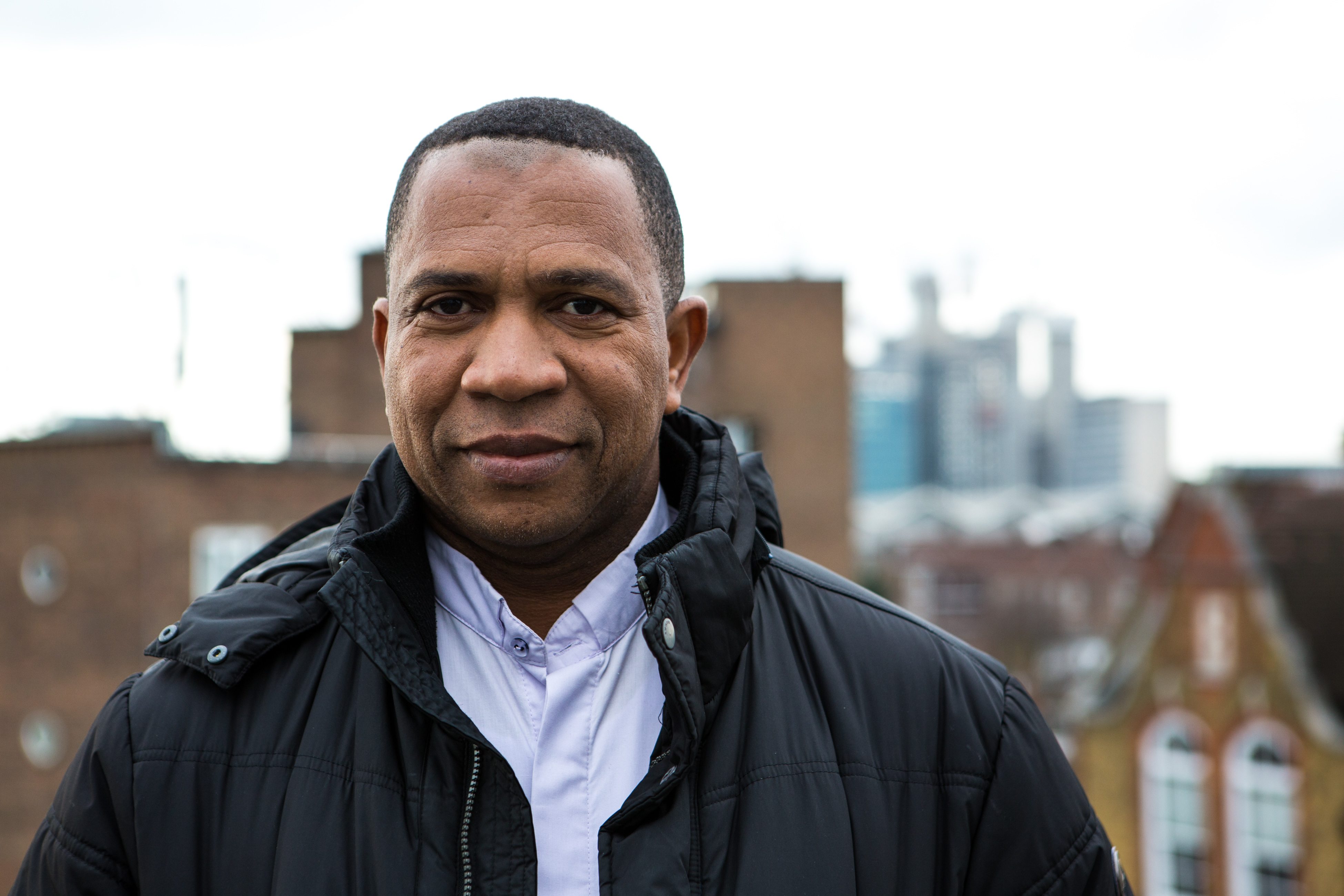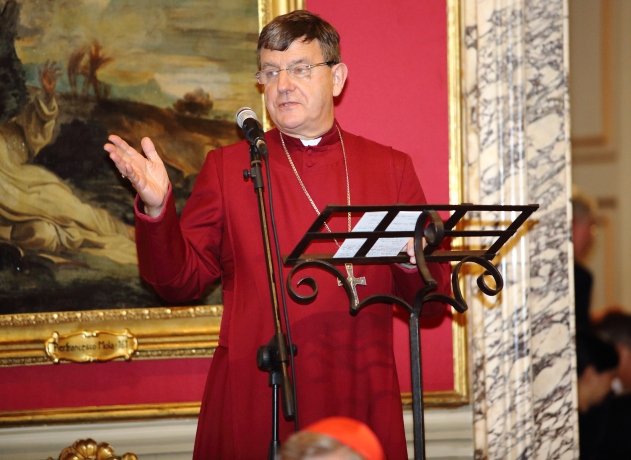Last week the Governors of the Anglican Centre in Rome met in the Eternal City, as it does every November. This meeting was particularly poignant for me as I was bidding the Centre farewell after serving as a governor there for three decades.
Fiumicino Airport, like all airports, seems to be in a state of continuous rebuilding, but for me it is so familiar that it's one place where I never get lost! Thirty years is a long time to be involved with any project, so how come the Centre magnetises people to itself? Where did it originate and what's the point anyway?
This year's a perfect moment to ask that question, as we have celebrated, amongst other things, the canonisation of Pope Paul VI. For it was the chemistry between Giovanni Battista Montini and Michael Ramsey that set the Centre upon its continuing pilgrimage. In 1966 when Ramsey, as Archbishop of Canterbury, paid a momentous visit to the Holy Father. Six years earlier, Ramsey's predecessor, Geoffrey Fisher, had met with Pope John XXIII. It was the first visit of an Archbishop of Canterbury to a Pope since that of Thomas Arundel in the final years of the fourteenth century and so the first such visit since the Reformation. At the time the Vatican did as much as they could to muzzle the press and keep the encounter quiet!
The 1966 visit was very different. Pope Paul knew something of Anglicanism. He'd visited England in the 1930s and been impressed by Anglicanism and, most particularly, the cathedral tradition; then, in the late 1950s, a small group of Anglican clergy stayed with him when he was Cardinal Archbishop of Milan. He increasingly saw resonances between the two communions. So, his welcome to Michael Ramsey was warm and highly productive. From it sprang the Anglican-Roman Catholic International Commission (ARCIC). Astonishingly, at the end of the visit, the pope took off his episcopal ring and gave it to the Archbishop. Archbishop Ramsey was overcome with emotion. It was as if the the two communions had become 'unofficially engaged' to each other.
On every visit of an Archbishop of Canterbury to Rome since then, that same ring has been worn - sometimes even requiring a breakneck journey back from Heathrow Airport to Lambeth Palace because a staff member had forgotten the ring! Alongside all this, Pope and Archbishop together launched the Anglican Centre. It was to be a place of exchange, a place of hospitality, a place symbolic of the recovery of the incomplete but significant communion both churches shared. The Pope noted at one point:
'The Bridge is Restored, as it were, the bridge is restored between the Churches of Rome and Canterbury - broken centuries before - a bridge of respect, high esteem and charity.'
Since that momentous meeting, the Centre has gradually increased its outreach and its place of honour in Rome. A remarkable selection of individuals have acted as director - Australian, Canadian, English, New Zealand and now Burundian. Also, with extraordinary graciousness and generosity the Doria Pamphilij family, one of the most long established and distinguished families in Italy, have given the Centre its home in their own palazzo on the Corso, close to the Vittorio Emmanuelle monument at the very heart of Rome. Principessa Donna Orietta began the association with the Centre and her successors Principessa Gesine and Prince Jonathan continue to be wholly supportive of all the Centre's work.
So what is it and what does it do? First and foremost the Anglican Centre is the residence and the office of the Archbishop of Canterbury's Representative to the Holy See. As its director, one represents the Archbishop within the Anglican Communion and not simply within the Church of England. This ambassadorial work stands alongside that of being Director of the Centre - it is a dual role. This duality means that the Director is more than just an ambassador in a secular sense. Increasingly, over recent years, when a Pope is engaged in an ecumenical event, or even an event within the Roman Catholic Church, the Director will be seen alongside the Holy Father - blessing, greeting, speaking. The wider role of the Director has burgeoned much and that role is held in great esteem within the Vatican and across other churches too. The Centre and its staff see themselves as performing a broader ecumenical role within the eternal city
The Centre has had a scholarly function too. Visiting scholars come to read in the best library of Anglicanism within mainland Europe. The Centre helped set up the first ever exhibition in the Vatican, arranged by a non Roman Catholic organisation, when in 2002, the Church of England commissioned an exhibition in the Salla Sistina on Anglicanism and the Western Christian Tradition - alongside a symposium at the Gregorian University. Many theological commissions have met at the Centre and the annual informal talks between the two communions have taken place here.
More recently, the Centre was a key base for new work established by the present Pope and Archbishop of Canterbury in combating modern slavery. The Centre is committed to supporting ecumenical humanitarian work throughout the world and as a diplomatic centre serving the Archbishop of Canterbury this is another key role. Even as I write important new initiatives are being planned.
Finally, and picking up the spirit captured by Pope Paul when the Centre was inaugurated, the Centre is a place of prayer, friendship and hospitality. The Tuesday Eucharist is attended by people of all traditions and everyone is welcome to receive communion, if their conscience and tradition allow them to do so. Preaching at that service a fortnight ago was a moving experience, seeing the variety of nationalities and ecclesiastical backgrounds represented there.
We always rejoice in receiving visitors and we always love hearing from established friends and we are keen to involve new friends - indeed there is a group called The Friends of the Anglican Centre in Rome. Do join this blog - and if you're not already part of the conversation do join in now!
The Rt Revd Dr Stephen Platten retired as Chair of the Governors and the Anglican Centre, after three decades as a governor. He was awarded the Lambeth Cross for Ecumenism by Archbishop Justin Welby last week.



 Loading ...
Loading ...
What do you think?
You can post as a subscriber user ...
User comments (1)